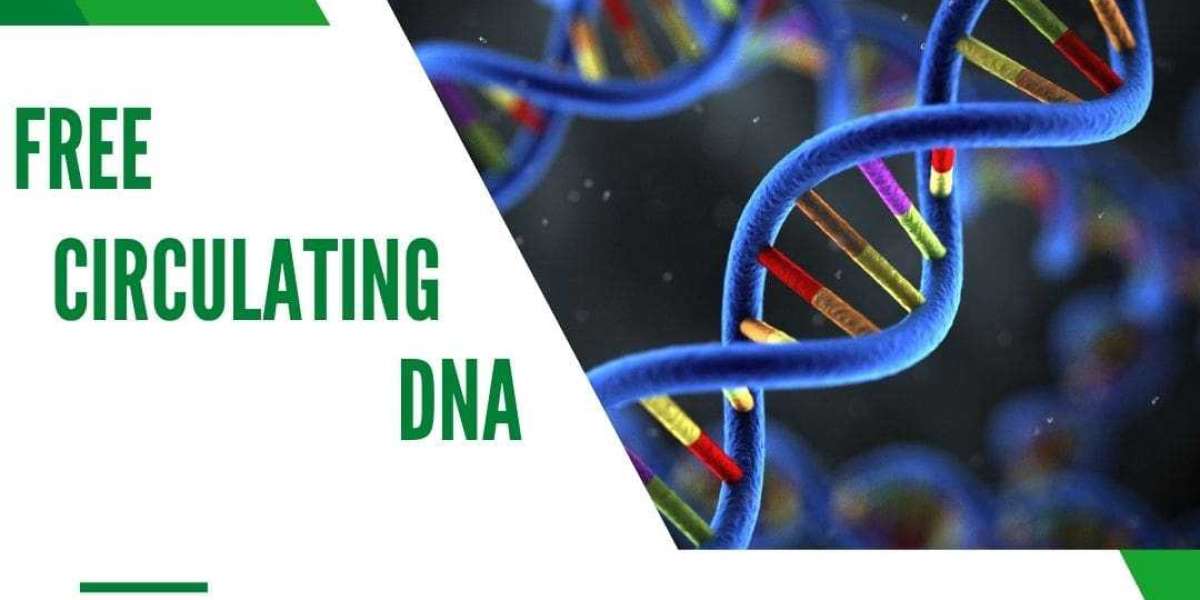The Drawbacks of Circulating Free DNA
While circulating free DNA (cfDNA) holds great potential as a liquid biopsy tool, there are some drawbacks Circulating Free DNA to consider. One major limitation is the quantity and quality of cfDNA that can be extracted from biological fluids. The amount of cfDNA varies among individuals, and it may not always provide sufficient genetic information for accurate analysis.
Another challenge is the presence of non-tumor-derived cfDNA in circulation. This can lead to false-positive results or make it difficult to distinguish between tumor-specific mutations and normal genetic variations. Additionally, cfDNA released from healthy cells or other sources can dilute the tumor-specific cfDNA, making it harder to detect.
Furthermore, technical limitations in sample collection, storage, and processing can impact the reliability of cfDNA analysis. Factors such as improper handling or contamination during these steps could introduce errors or affect the integrity of the genetic material.
Moreover, there are ethical considerations surrounding the use of cfDNA as a liquid biopsy tool. Privacy concerns arise with regards to storing and sharing genetic information obtained through liquid biopsies.
Despite these challenges and drawbacks, researchers continue to explore ways to overcome them and maximize the potential benefits offered by circulating free DNA in liquid biopsies without compromising patient privacy or accuracy in diagnosis.
Getting Updates With Trend On https://theaznews.com/health/circulating-free-dna/








